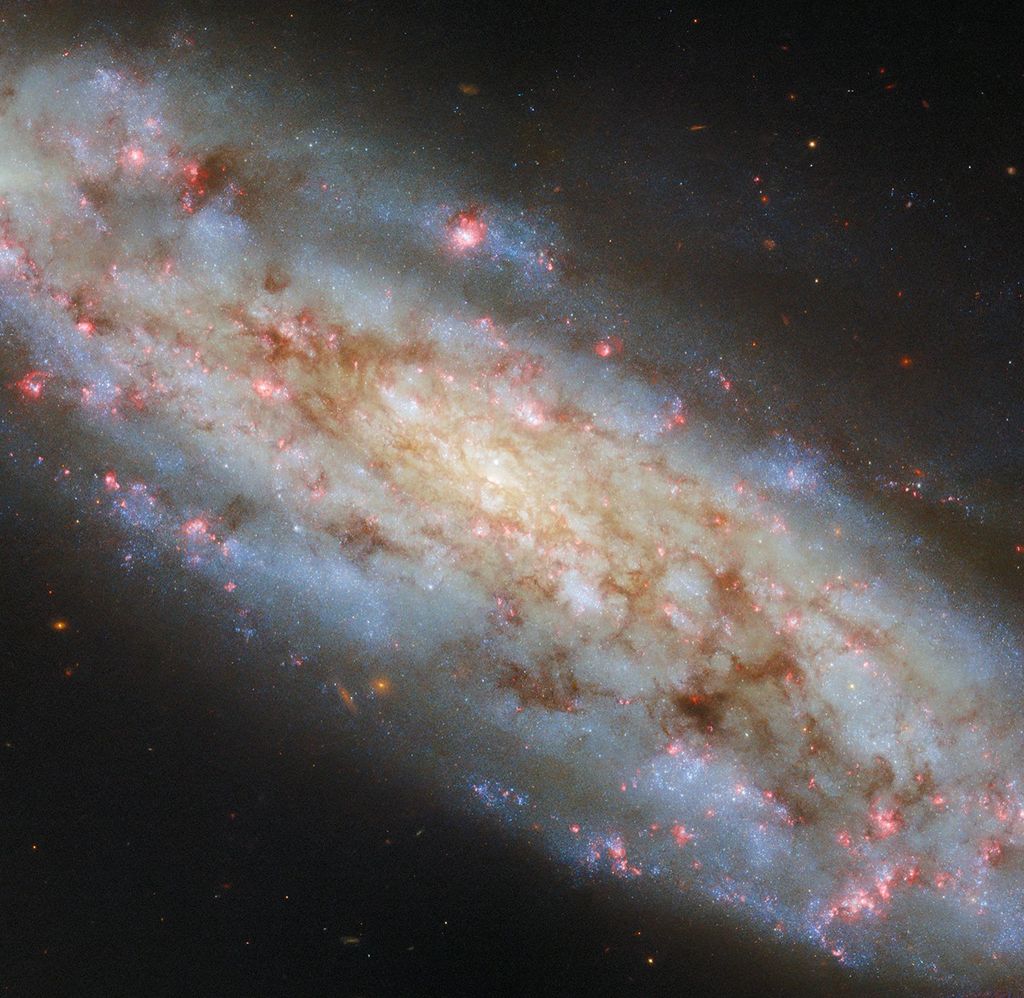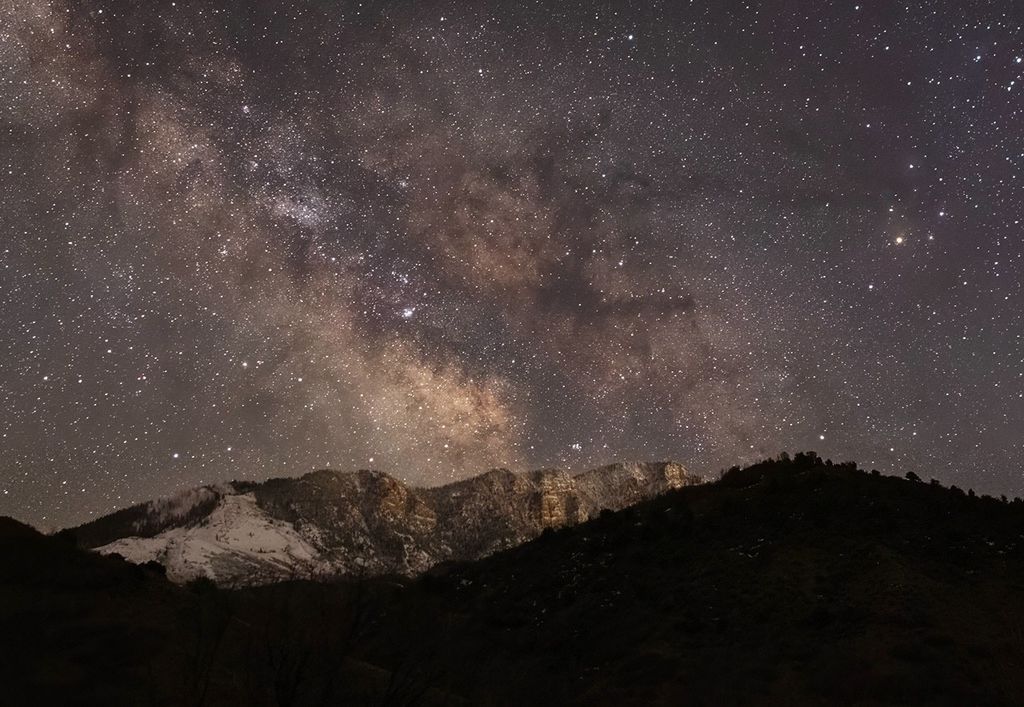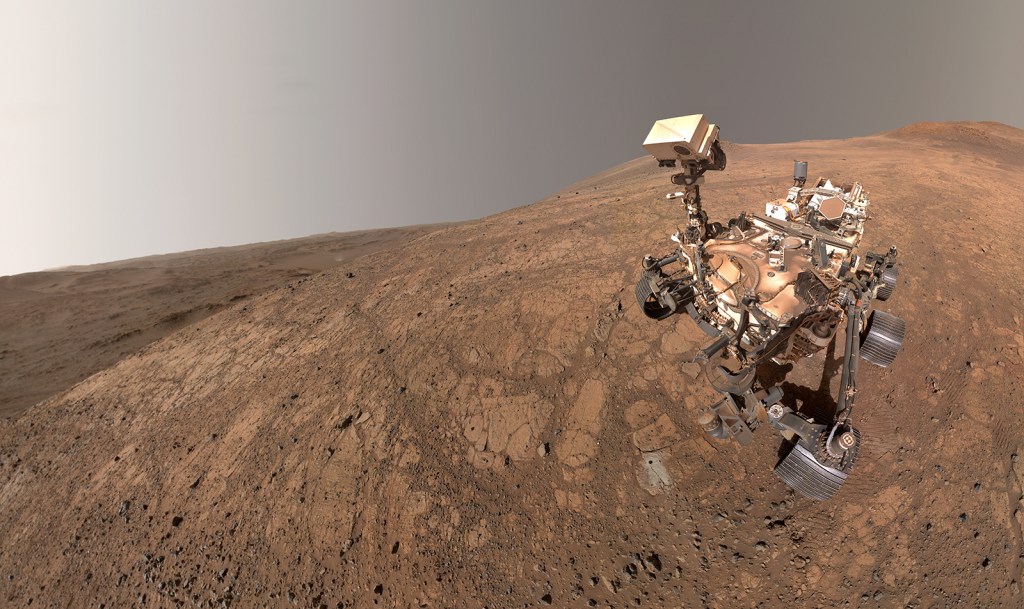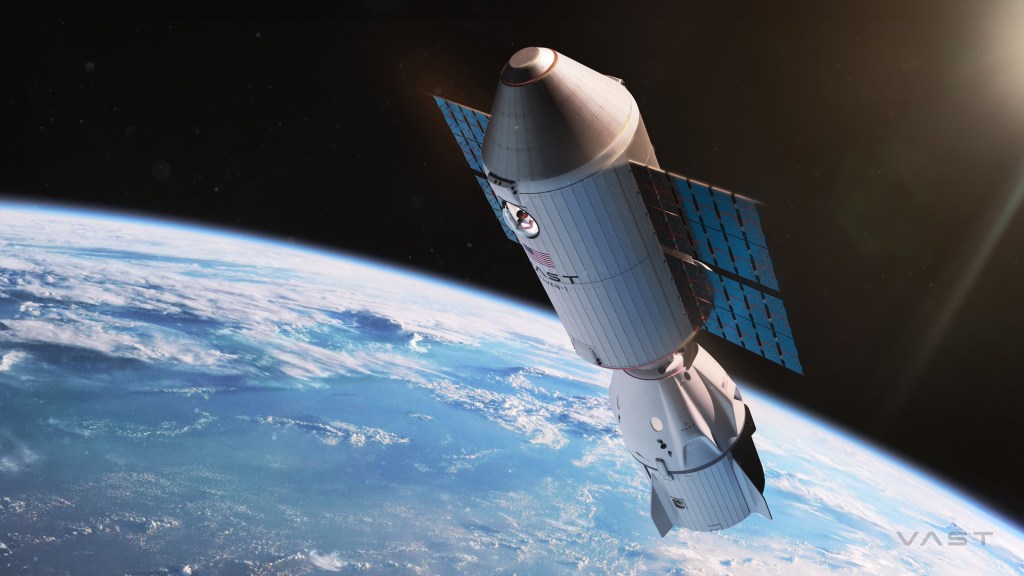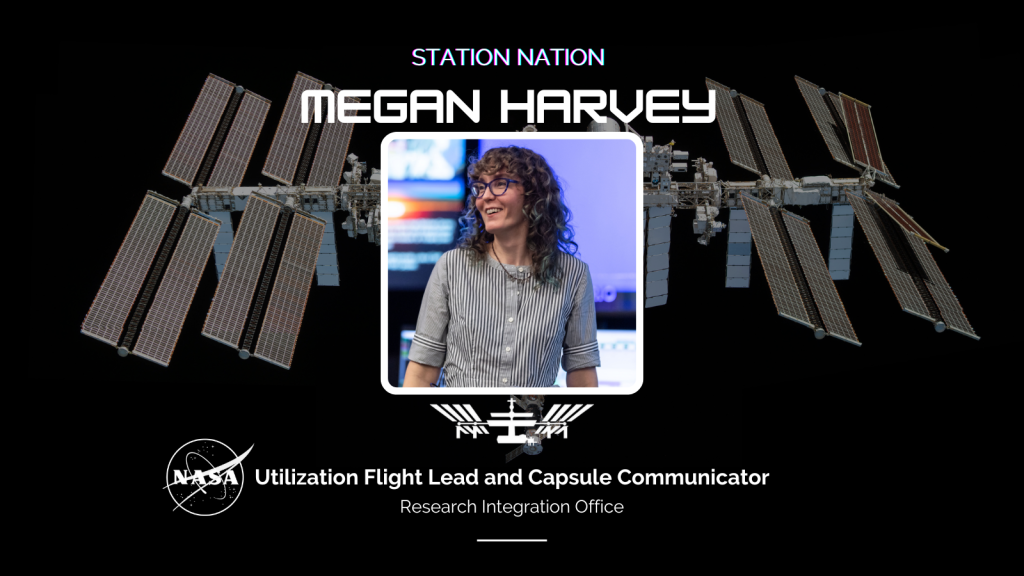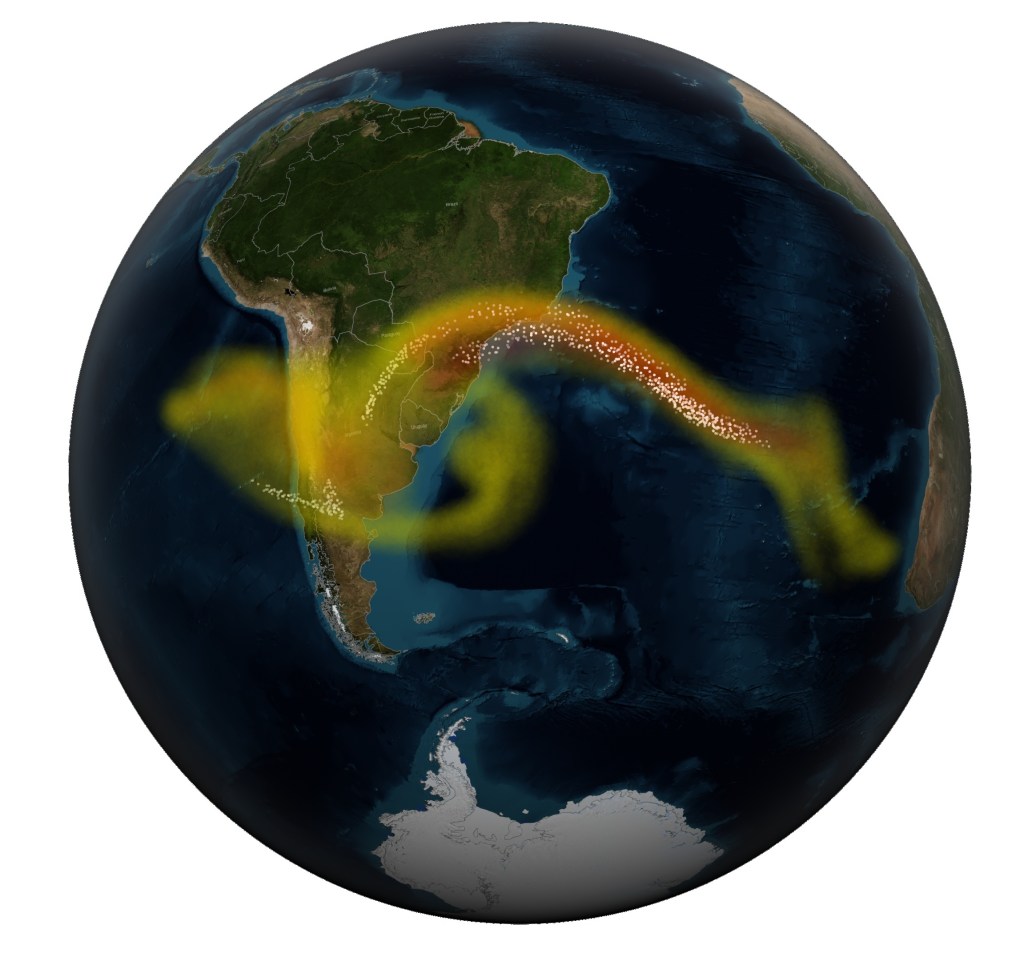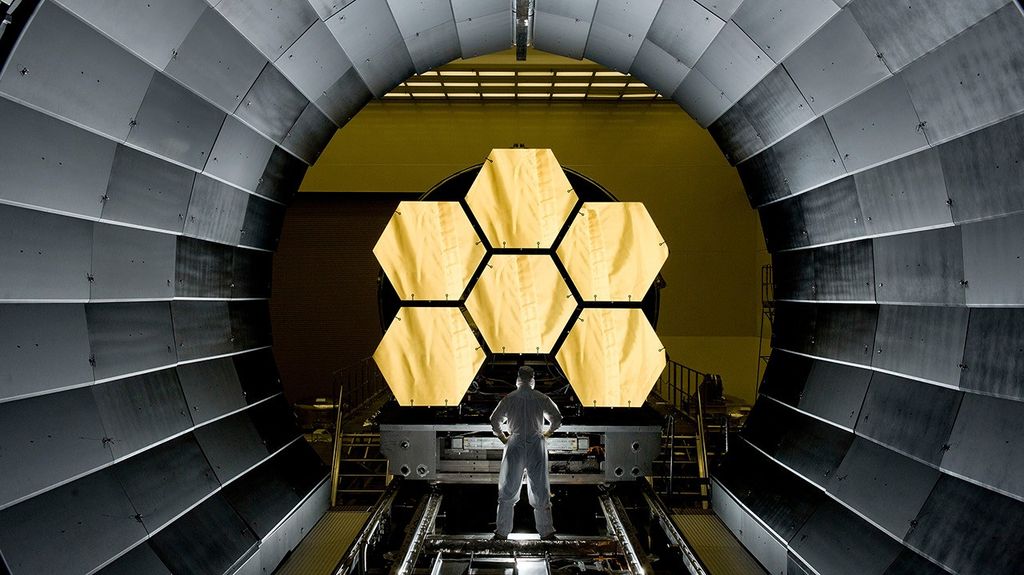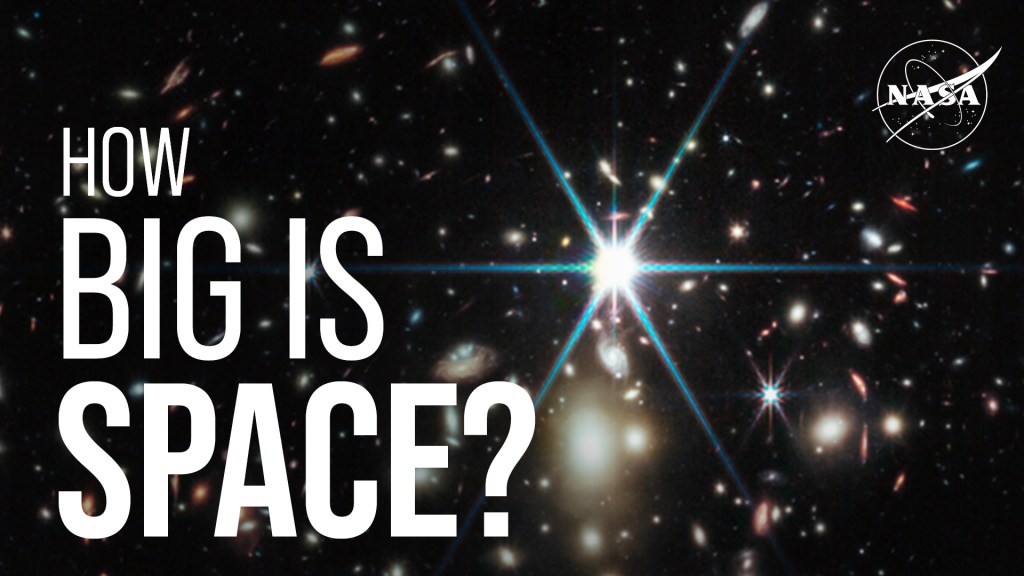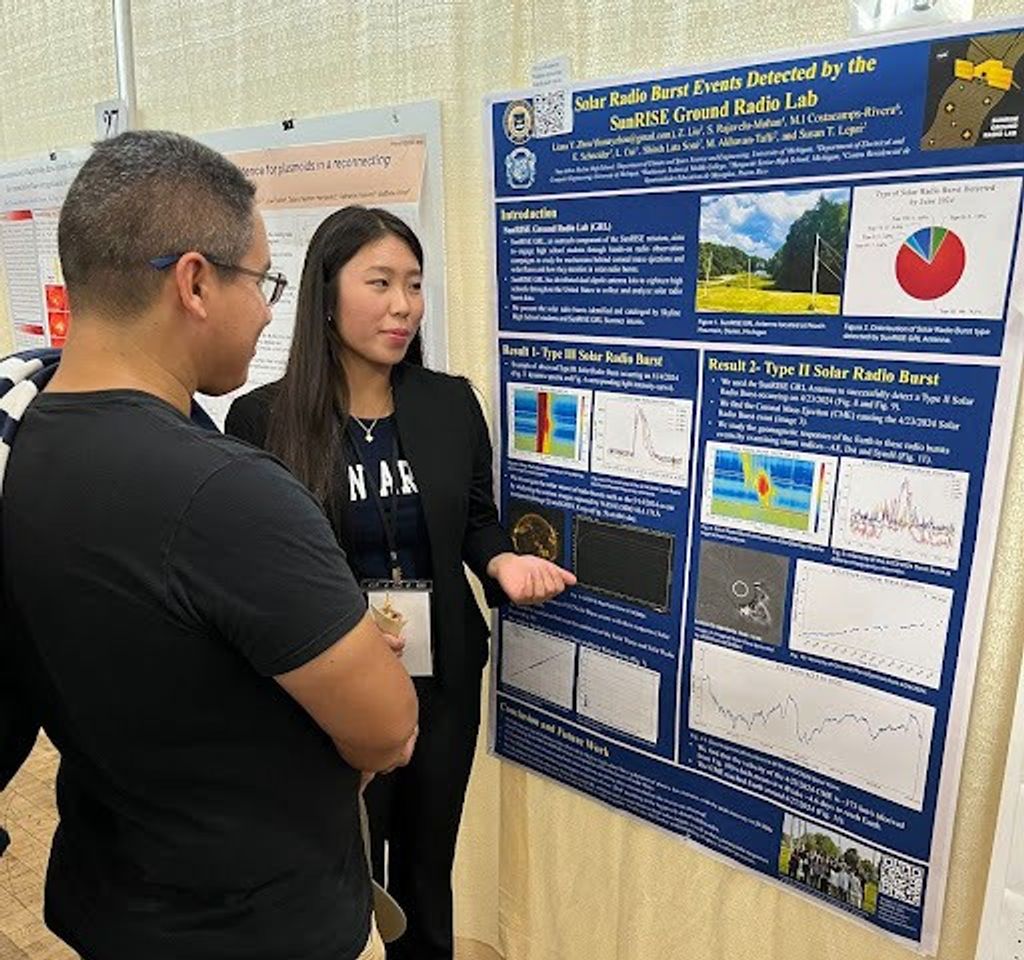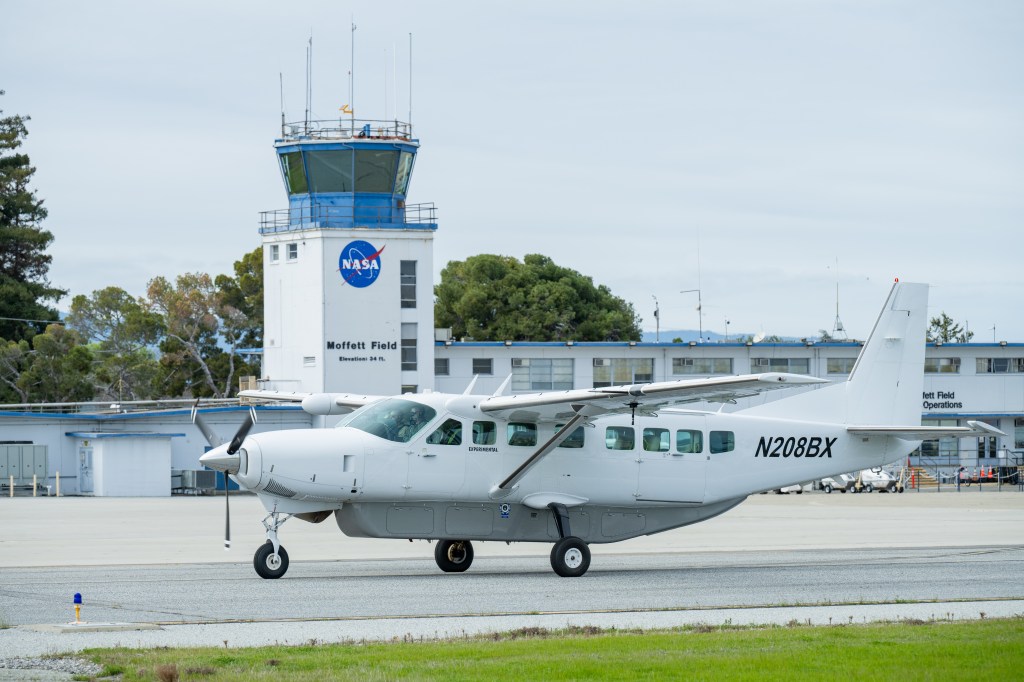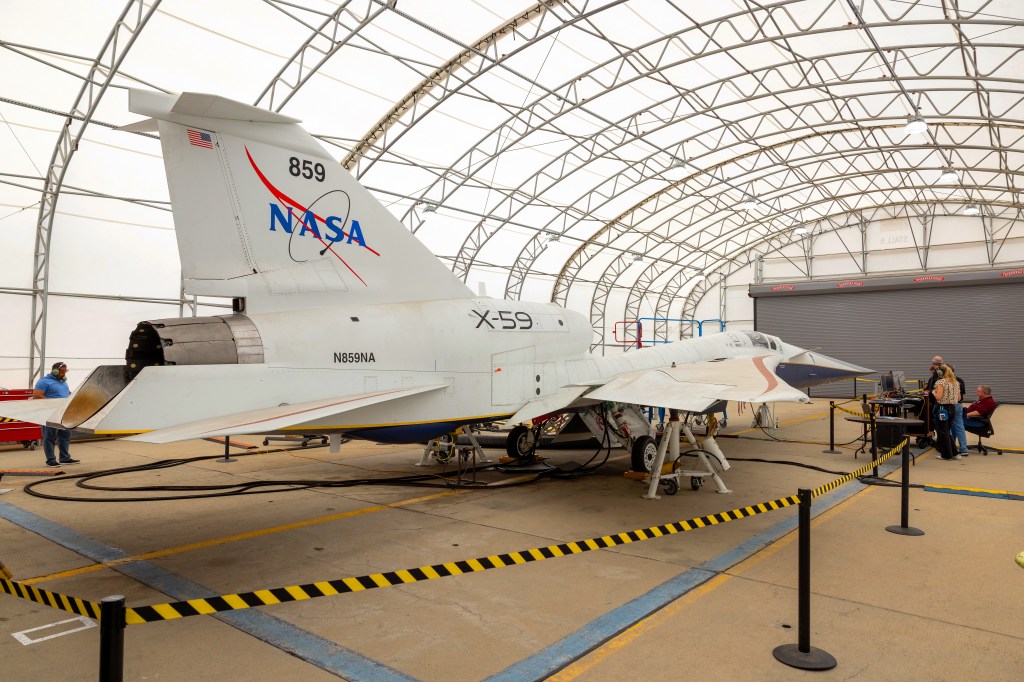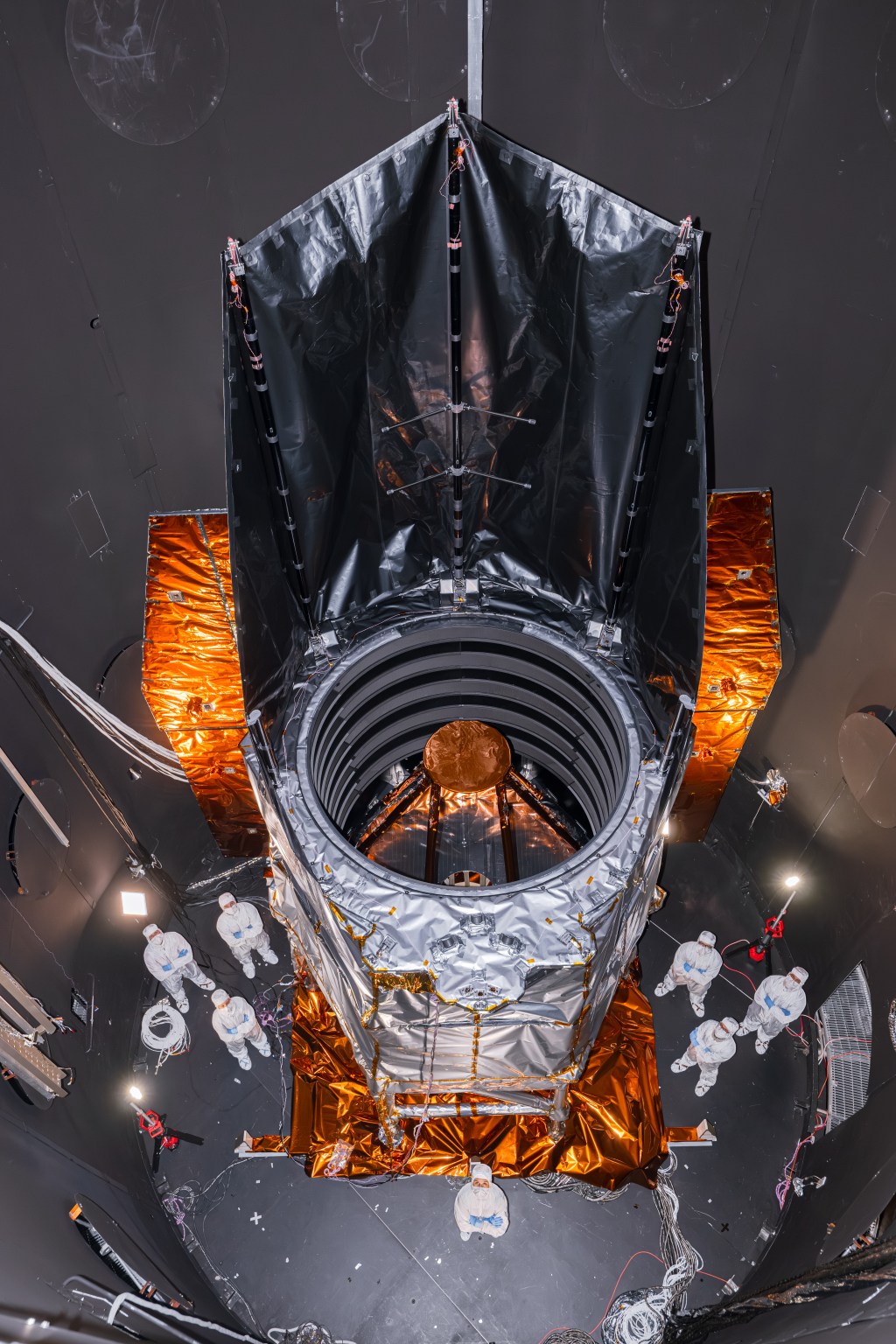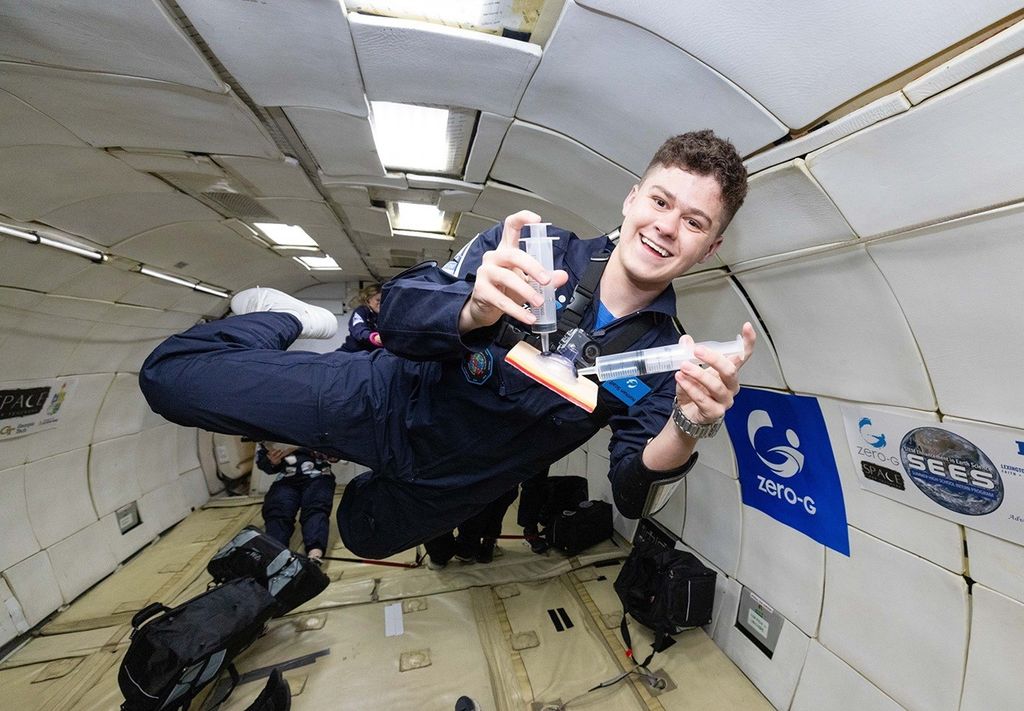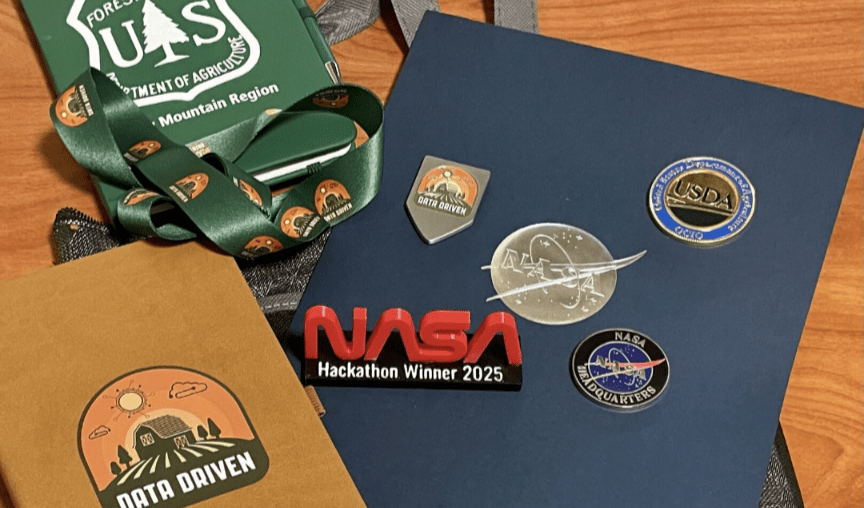1 min read
The Glowing Eye of Planetary Nebula NGC 6751

Astronomers using NASA's Hubble Space Telescope have obtained images of the strikingly unusual planetary nebula, NGC 6751. Glowing in the constellation Aquila like a giant eye, the nebula is a cloud of gas ejected several thousand years ago from the hot star visible in its center.
"Planetary nebulae" are named after their round shapes as seen visually in small telescopes, and have nothing else to do with planets. They are shells of gas thrown off by stars of masses similar to that of our own Sun, when the stars are nearing the ends of their lives. The loss of the outer layers of the star into space exposes the hot stellar core, whose strong ultraviolet radiation then causes the ejected gas to fluoresce as the planetary nebula. Our own Sun is predicted to eject its planetary nebula some 6 billion years from now.
The Hubble observations were obtained in 1998 with the Wide Field Planetary Camera 2 (WFPC2) by a team of astronomers led by Arsen Hajian of the U.S. Naval Observatory in Washington, DC. The Hubble Heritage team, working at the Space Telescope Science Institute in Baltimore, has prepared this color rendition by combining the Hajian team's WFPC2 images taken through three different color filters that isolate nebular gases of different temperatures.
The nebula shows several remarkable and poorly understood features. Blue regions mark the hottest glowing gas, which forms a roughly circular ring around the central stellar remnant. Orange and red show the locations of cooler gas. The cool gas tends to lie in long streamers pointing away from the central star, and in a surrounding, tattered-looking ring at the outer edge of the nebula. The origin of these cooler clouds within the nebula is still uncertain, but the streamers are clear evidence that their shapes are affected by radiation and stellar winds from the hot star at the center. The star's surface temperature is estimated at a scorching 140,000 degrees Celsius (250,000 degrees Fahrenheit).
Hajian and his team are scheduled to reobserve NGC 6751 with Hubble's WFPC2 in 2001. Due to the expansion of the nebula, at a speed of about 40 kilometers per second (25 miles per second), the high resolution of Hubble's camera will reveal the slight increase in the size of the nebula since 1998. This measurement will allow the astronomers to calculate an accurate distance to NGC 6751. In the meantime, current estimates are that NGC 6751 is roughly 6,500 light-years from Earth. The nebula's diameter is 0.8 light-years, some 600 times the diameter of our own solar system.
About the Object
- R.A. PositionR.A. PositionRight ascension – analogous to longitude – is one component of an object's position.19h 5m 55.6s
- Dec. PositionDec. PositionDeclination – analogous to latitude – is one component of an object's position.-5° 59' 27.99"
- ConstellationConstellationOne of 88 recognized regions of the celestial sphere in which the object appears.Aquila
- DistanceDistanceThe physical distance from Earth to the astronomical object. Distances within our solar system are usually measured in Astronomical Units (AU). Distances between stars are usually measured in light-years. Interstellar distances can also be measured in parsecs.The distance to NGC 6751 is 6500 light-years (~2 kpc).
- DimensionsDimensionsThe physical size of the object or the apparent angle it subtends on the sky.The diameter of the nebula is 24 arcseconds (about 0.8 light-years).
About the Data
- Data DescriptionData DescriptionProposal: A description of the observations, their scientific justification, and the links to the data available in the science archive.
Science Team: The astronomers who planned the observations and analyzed the data. "PI" refers to the Principal Investigator.Principal Astronomers: A. Hajian (US Naval Observatory), B. Balick (University of Washington), H. Bond and N. Panagia (STScI), Y. Terzian (Cornell University). - InstrumentInstrumentThe science instrument used to produce the data.HST>WFPC2
- Exposure DatesExposure DatesThe date(s) that the telescope made its observations and the total exposure time.April 21, 1998, Exposure Time: 30 minutes
- FiltersFiltersThe camera filters that were used in the science observations.F502N ([O III]), F555W (V), F658N ([N II])
- Object NameObject NameA name or catalog number that astronomers use to identify an astronomical object.NGC 6751
- Object DescriptionObject DescriptionThe type of astronomical object.Planetary Nebula in the Milky Way Galaxy
- Release DateApril 6, 2000
- Science ReleaseThe Glowing Eye of NGC 6751
- Credit
Share
Details
Claire Andreoli
NASA’s Goddard Space Flight Center
Greenbelt, Maryland
claire.andreoli@nasa.gov

